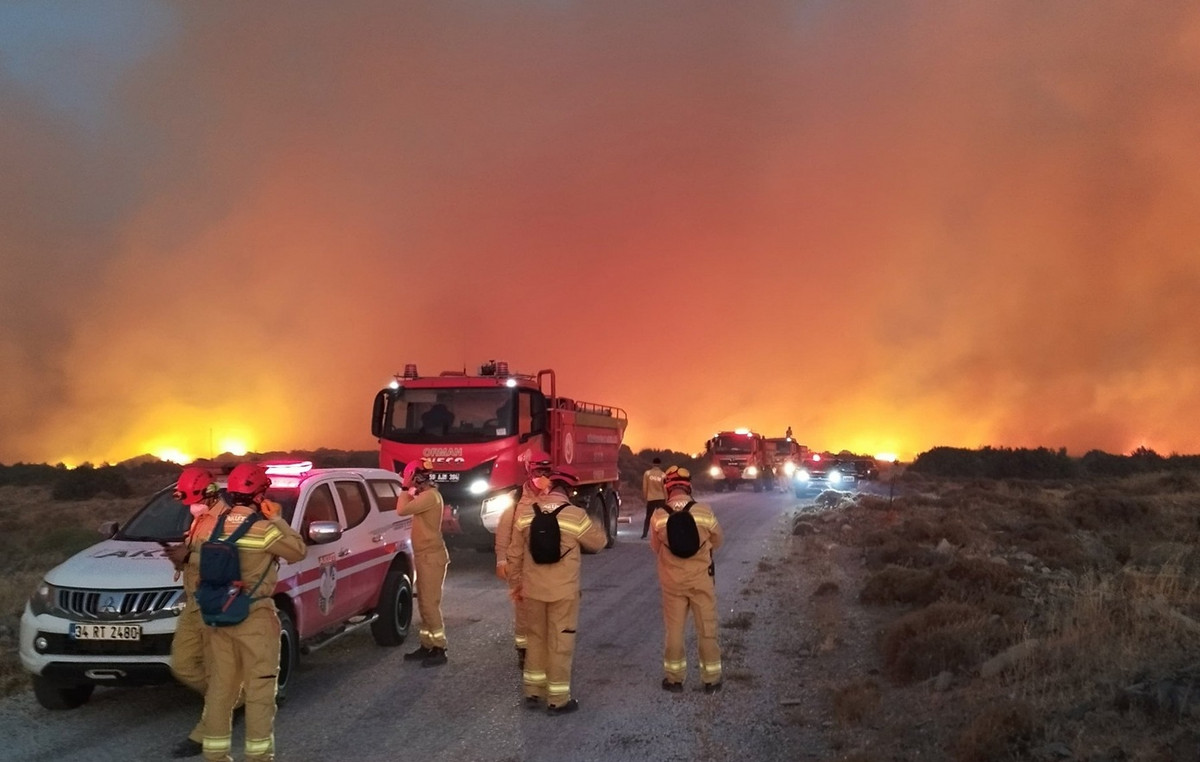Winter began this Tuesday (21) at 6:14 am in the Southern Hemisphere and in Brazil the season should be marked by below-average rainfall, according to the National Institute of Meteorology (Inmet).
This year, winter will be impacted by La Niña, a phenomenon characterized by low temperatures in the eastern and central part of the Equatorial Pacific Ocean.
According to Inmet, the season will be characterized by a less rainy period in the Southeast, Center-West and part of the North and Northeast regions of Brazil, while the highest volumes of rain are concentrated in the northwest of the North Region, east of the Northeast and part of the Southern Region of Brazil.
Winter is also accompanied by a lower incidence of solar radiation, incursions of cold air masses, coming from the south of the continent, which cause a drop in air temperature, resulting in thermometers below 22ºC.
La Niña effects in the Brazilian winter
The Inmet forecast for this period involves frost formation in the South, Southeast and state of Mato Grosso do Sul and snowfall in mountainous areas and southern plateaus, such as Santa Catarina and Rio Grande do Sul.
For the three winter months, there will be a predominance of below-average rainfall in much of the southern region, as a result of the impacts of the La Niña phenomenon.
However, according to the institute, exceptions should occur in the western areas of Rio Grande do Sul, Santa Catarina and Paraná, where rainfall may occur above expectations.
The effects of La Niña should be felt at low temperatures, which should be below average due to the entry of air masses of polar origin, especially in the months of July and August.
This should cause frost in some locations, especially those at higher altitudes.
In the Southeast, the months of July and August correspond to the driest period in the region, especially in the north of Minas Gerais. During the winter, the Inmet forecast indicates that rainfall should be below average in Rio de Janeiro, São Paulo, Espírito Santo and Minas Gerais.
However, Inmet does not rule out the occurrence of rains near the Southeast coast due to the passage of cold fronts.
Temperatures should remain above average in much of the region, but there is a possibility of a drop in average air temperature due to the entry of cold air masses, and frosts may form in high altitude regions, according to Inmet.
In the Northeast, the Inmet forecast indicates rainfall above the historical average for the entire range close to the northeast coast, due to the impacts of La Niña.

“In western Bahia and southern Piauí and Maranhão, rainfall may be close to average, as these areas are already in their least rainy season,” according to estimates.
Also according to Inmet, the air temperature during the winter should remain above average in much of the North region.
The highlight goes to the lack of rain in the south of Amazonas, “very common in the months of July to September, combined with high temperature and low relative humidity, favor the incidence of forest fires and fires”.
Even so, there will be occasional episodes of cold in this region, due to the passage of more continental cold air masses.
Source: CNN Brasil







